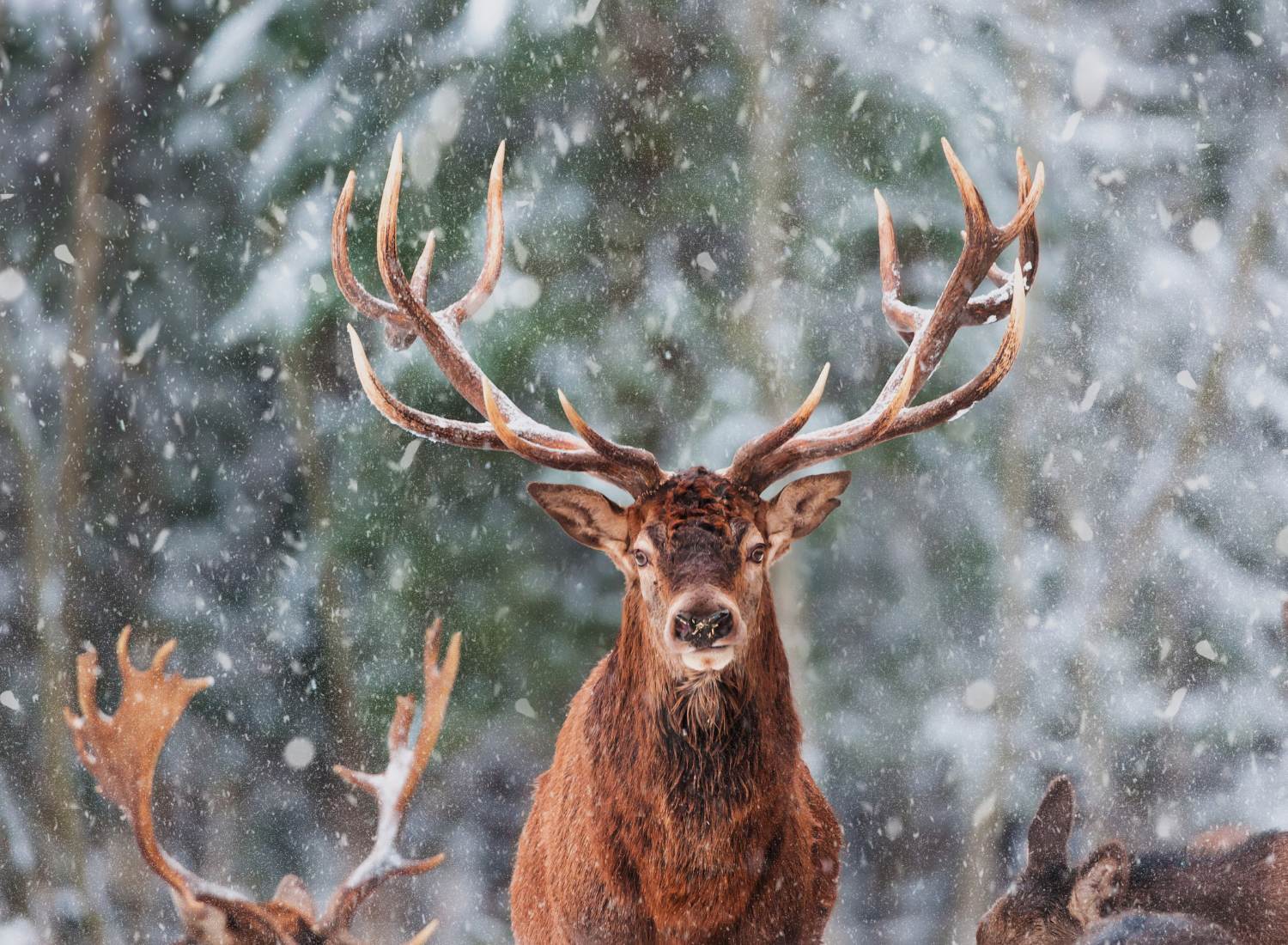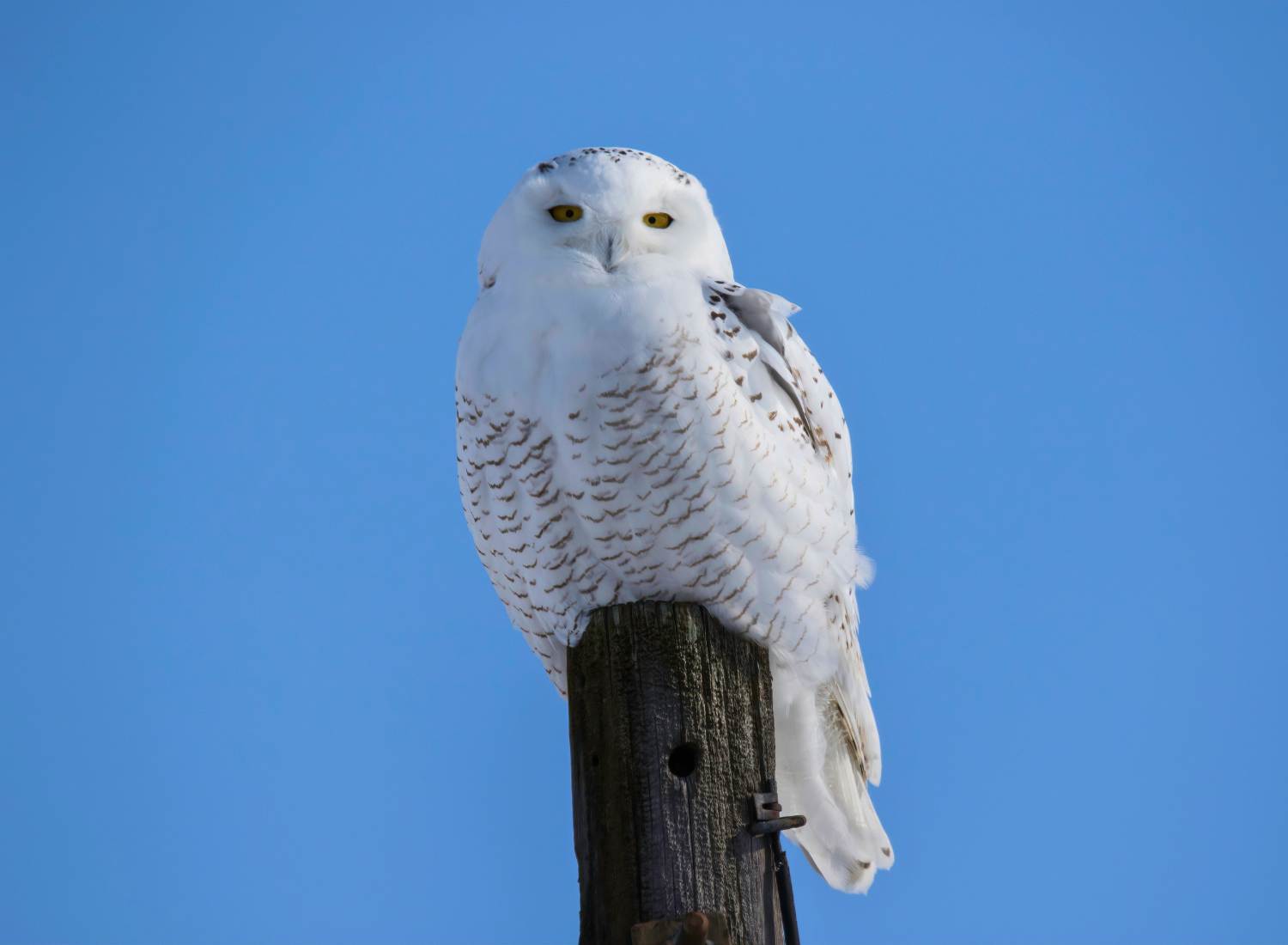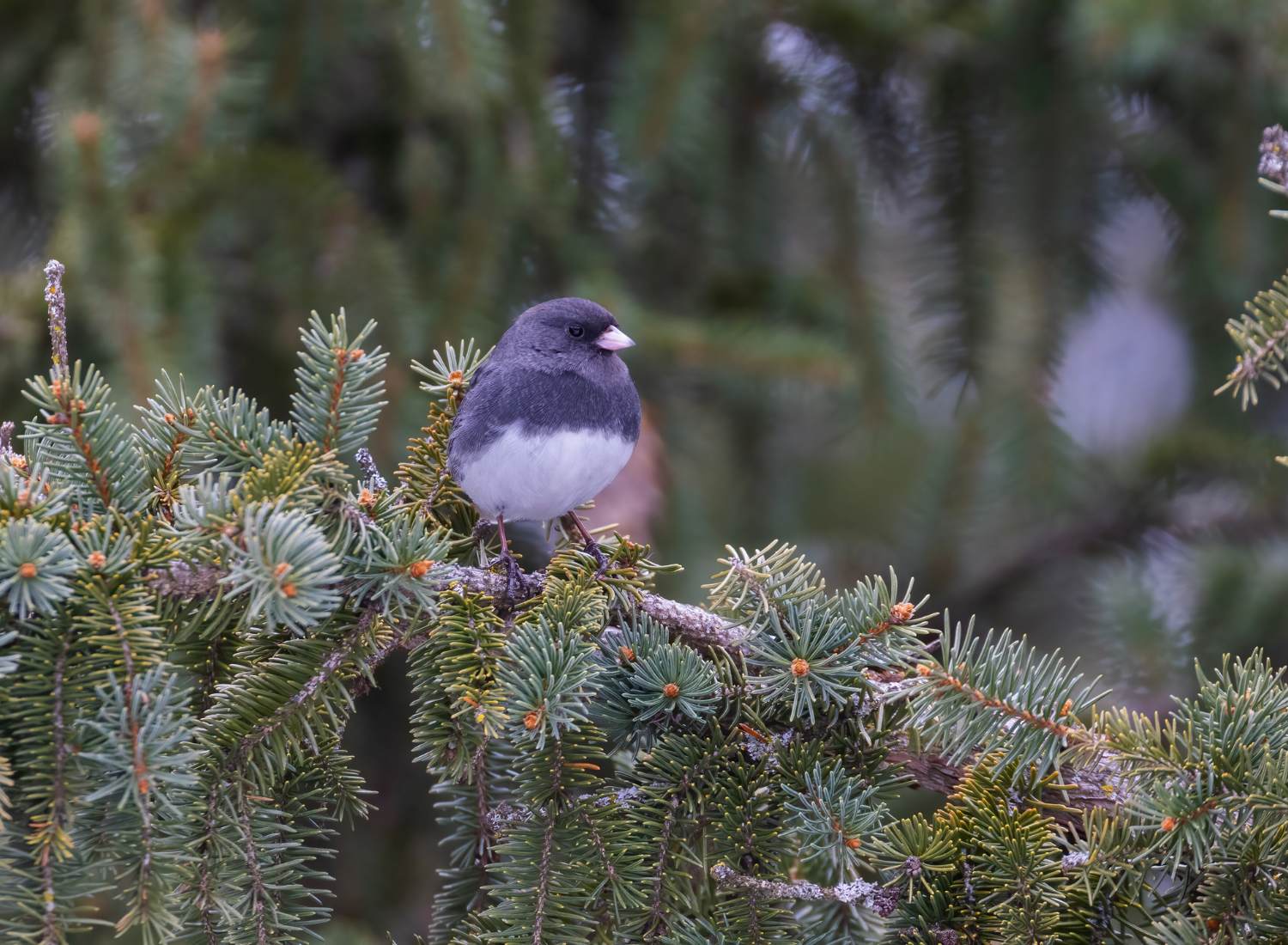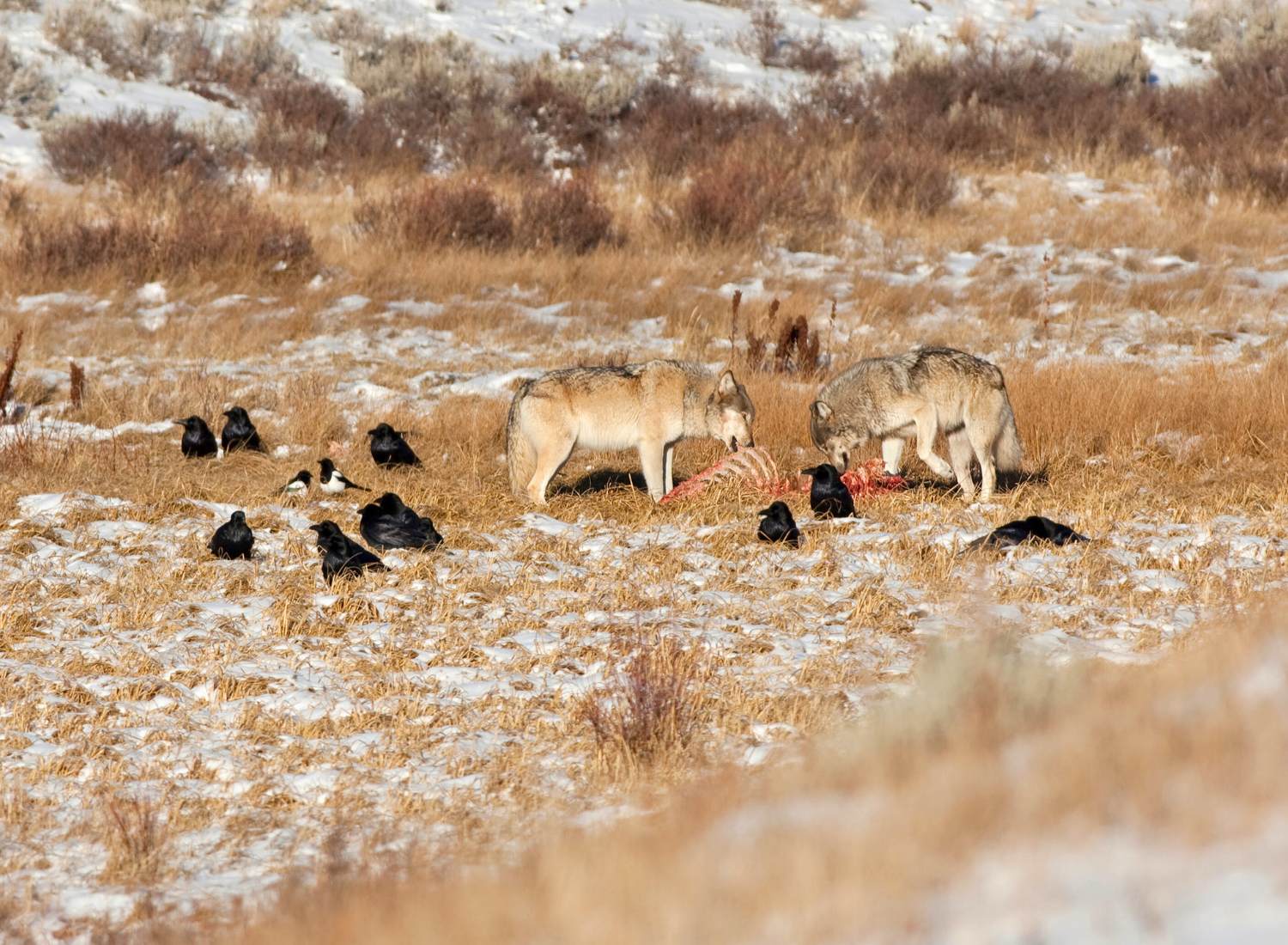Winter Wildlife Viewing: Unique Species and Behaviors

Winter transforms the natural world, creating a wonderland of unique opportunities for wildlife observation in the United States. From birds that only visit during the colder months to mammals displaying fascinating seasonal behaviors, winter is an ideal time for nature enthusiasts to explore. This post highlights the incredible species and behaviors you can encounter, where to find them, and how to observe them responsibly.
Birds: Winter Migrants and Seasonal Sightings
Winter Migratory Birds in the U.S.
Winter marks the arrival of several bird species that breed in the Arctic or northern regions and migrate south to escape the harsh winters of their breeding grounds. These visitors bring color and life to snowy landscapes.
Snowy Owls

- Where to Find Them: Snowy owls migrate from the Arctic tundra to the northern United States and occasionally farther south. Hotspots include the Great Plains, the shores of the Great Lakes, and New England.
- How to Observe Them: Look for these striking white owls in open fields, shorelines, or even airports, where their preference for flat, tundra-like terrain leads them. Carry binoculars and stay at a respectful distance to avoid disturbing them.
Dark-Eyed Juncos

- Where to Find Them: These small, dark-headed sparrows are commonly seen throughout much of the U.S. during winter, particularly in forests, suburban backyards, and city parks.
- How to Observe Them: Juncos are frequent visitors to bird feeders. Set up a feeder with seeds in your backyard, and they’ll likely come for a snack.
Waterfowl
- Species to Spot: Tundra swans, snow geese, and a variety of ducks (e.g., buffleheads and common goldeneyes) migrate to U.S. wetlands, lakes, and coastal areas during the winter.
- Where to Find Them: Prime locations include Chesapeake Bay, the Sacramento National Wildlife Refuge in California, and Bosque del Apache in New Mexico.
- How to Observe Them: Use spotting scopes or binoculars for a closer view, and wear layers to stay warm during long periods of observation.
Why Winter Is Ideal for Birdwatching
- Bare Trees: With foliage gone, birds are easier to spot.
- Fewer Insects: Insect activity is minimal, allowing clearer observation of other species.
- Behavioral Patterns: Birds flock together more often in winter, providing opportunities to see multiple species at once.
Mammals: Seasonal Visibility and Fascinating Behaviors
While many mammals hibernate or reduce activity during winter, others become easier to observe or exhibit unique behaviors during this season.
Elk and Deer: The Rut and Winter Foraging

- Where to Find Them: Elk are best seen in areas like Yellowstone National Park, Rocky Mountain National Park, and the Smoky Mountains. Deer are widespread across the U.S., from state parks to suburban woodlands.
- What to Observe: In late fall and early winter, elk and deer engage in rutting behavior (mating season). Bulls and bucks can be seen sparring with their antlers, and they remain active in open areas as they forage for food.
- How to Observe Them: Use binoculars or a telephoto lens. Always stay in your vehicle or maintain a significant distance to avoid startling them.
Wolves: Winter Packs on the Hunt

- Where to Find Them: Yellowstone National Park is one of the best places to observe wolves, particularly in the Lamar Valley.
- What to Observe: Winter offers an opportunity to see wolf packs hunting or playing together in snowy landscapes, as they are more active and visible during daylight hours.
- How to Observe Them: Join guided tours or use spotting scopes from designated viewing areas. Dress warmly and avoid loud noises that could disturb their behavior.
Foxes: Hunting in the Snow
- Where to Find Them: Red foxes and gray foxes are found across much of the United States, from forests to suburban neighborhoods.
- What to Observe: Red foxes exhibit “mousing” behavior in the snow, where they leap high into the air and pounce to catch rodents beneath the snow.
- How to Observe Them: Watch from a distance with binoculars or cameras. Avoid approaching, as foxes are shy and will likely retreat if disturbed.
Polar Bears: Unique Arctic Observations
- Where to Find Them: In the United States, polar bears can only be seen in Alaska, particularly in the Arctic National Wildlife Refuge.
- What to Observe: During winter, polar bears are active along the sea ice, hunting for seals.
- How to Observe Them: Join guided tours or cruises led by local experts to ensure both your safety and the bears’ welfare.
Winter Wildlife Watching Tips for Safety and Success
- Research Locations: National wildlife refuges, parks, and conservation areas are often the best places to observe winter wildlife. Check for specific viewing platforms or guided tours.
- Gear Up: Wear warm, layered clothing, and bring gear like binoculars, a spotting scope, and a good camera. Consider hand and foot warmers for prolonged outdoor activity.
- Respect Wildlife: Maintain a safe distance. Use binoculars or zoom lenses to observe without disturbing the animals. Avoid sudden movements and loud noises.
- Follow Park Guidelines: Many parks and refuges have rules to protect both wildlife and visitors. Always adhere to these regulations.
- Travel Safely: Winter weather can make travel hazardous. Check road conditions, carry emergency supplies, and let someone know your plans before heading out.
Why Winter Wildlife Observation Matters
Winter wildlife observation offers more than just a unique pastime; it’s an opportunity to deepen our understanding of ecosystems and the challenges animals face in winter. This awareness can foster conservation efforts and inspire a deeper appreciation for the natural world.
Benefits for the Observer
- Tranquility: Winter landscapes provide peaceful, crowd-free environments.
- Discovery: Witnessing unique behaviors, like a fox hunting or a snowy owl in flight, creates unforgettable memories.
- Learning: Observing how animals adapt to the harsh conditions teaches resilience and the importance of environmental stewardship.
Final Thoughts
Winter offers unparalleled opportunities for wildlife observation in the United States, from the rare sight of snowy owls in the Great Plains to the enchanting sight of wolves prowling Yellowstone. Whether you’re an avid birder or a curious explorer, this season reveals a side of nature that’s often hidden during warmer months. With the right preparation and a commitment to respecting wildlife, winter can become your favorite time to connect with the natural world.
Pack your binoculars, dress warmly, and head out to experience the magic of winter wildlife for yourself!
Your Adventure, Our Experience
At TheCampingList, our dedication to authenticity and reliability stems from our own adventures in the great outdoors. Our team, comprised of seasoned experts in hiking, camping, climbing, cycling, fishing, and hunting, rigorously tests every product and shares insights drawn from real experiences. This hands-on approach ensures our reviews and guides meet the highest standards of durability, functionality, and comfort. Moreover, our platform thrives on the rich contributions and feedback from our vibrant community of enthusiasts. We pride ourselves on delivering unbiased, educational content that empowers and informs your outdoor pursuits. Trust in TheCampingList for genuine advice and support, where we're all about enriching your journey, every step of the way.